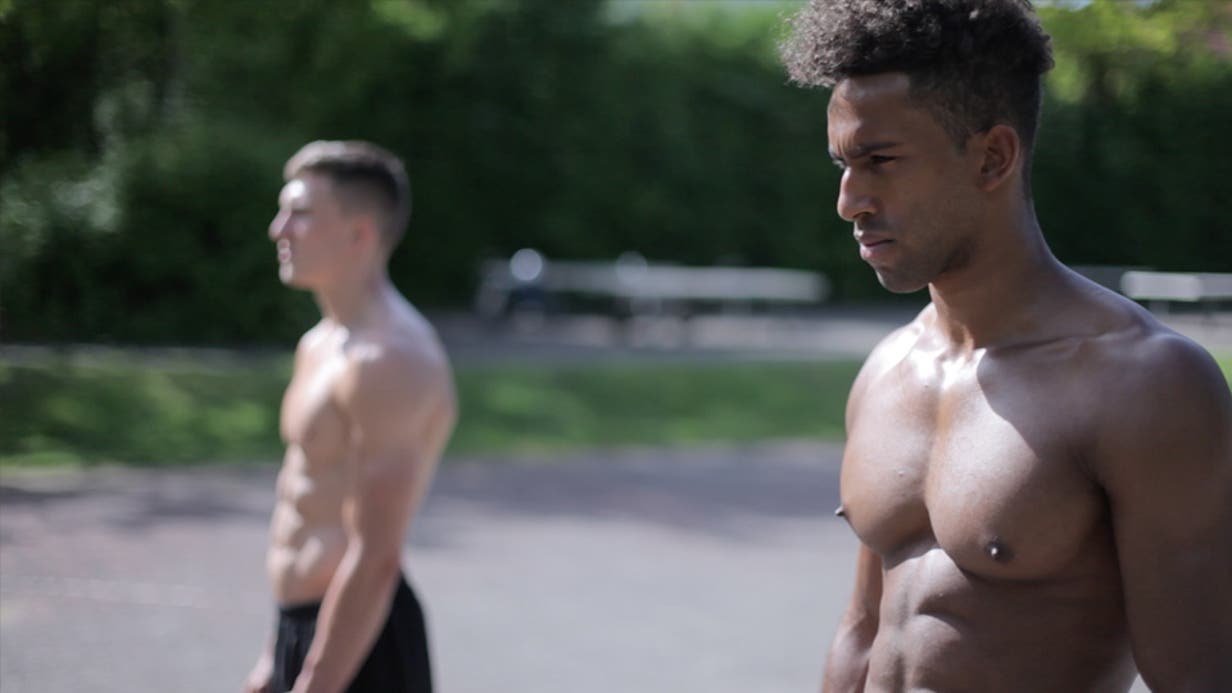Our body is composed of approximately 640 muscles. Without them, we would not be viable. They keep our skeleton in its upright position and make it move; they play a crucial role in our energy turnover, produce heat and keep vital processes going.
As our skin represents the biggest organ of our body concerning its surface, our muscular system is unmatched when it comes to mass. Depending on age and gender, it accounts for approximately 30-50% of your individual bodyweight.
According to their functions, muscles can differ in form, color and their characteristics and can therefore be categorized. In the following, we will present the first level of classification: smooth, skeletal, and cardiac muscle.
Smooth muscle
Smooth muscle tissue constitutes the visceral muscle tissue and is primarily under the control of the autonomic nervous system. This means that you cannot actively and intentionally control these muscles but that they are subject to reflexes. They are responsible for the regulation of your circulatory system, respiration, sexual function, metabolism and digestion. The best known representatives of smooth muscle tissue are the intestine, esophagus and the inner wall of blood vessels.
Smooth muscle can neither be actively trained nor can it fatigue. However, you can improve its capacity indirectly through physical labor. Sports, such as Freeletics for example, strengthen your cardiovascular system and therefore ensure a better supply of your smooth muscle tissue with blood and nutrients.
Skeletal muscle
Striated muscle tissue can be actively and intentionally controlled – in contrast to smooth muscle tissue. Besides tongue, larynx and diaphragm, it comprises the whole skeletal muscle tissue which is responsible for movement and stabilization of your skeleton and extremities. With around 400 different muscles, it accounts for the majority of your whole muscular system. It can be directly stimulated and trained, can tense up and fatigue – and, of course, grow.
As this type of muscle tissue is most relevant for you as free athletes, we will refer to skeletal muscle tissue whenever we will speak of muscles in general.

Cardiac muscle
Cardiac muscle is a special case: Histologically, it is quite similar to striated muscle but it cannot be actively controlled and it cannot cramp. However, it can neither be assigned to smooth muscle tissue since – apart from the different fiber structure – it has its own electrical conduction system and is therefore largely independent of the autonomic nervous system. This ensures that your heart keeps continuously contracting even if other systems within your body fail.
In addition, cardiac muscle can be trained as opposed to smooth muscle: During a Freeletics workout for example, your cardiac muscle has to contract more rapidly and strongly to meet your body’s demand for blood. Thus, it will become stronger, more persistent and less vulnerable.
Here you can learn where striated muscle tissue gets its name from, how muscles are structured, how they work and why they are so important for your health.
Just one thing in advance: Your muscles only work as much as they have to. If they don’t get stimulated sufficiently, they will weaken and become flabby.
By the way:
Your lats and your gluts both compete for the title as biggest muscle of your body. As the latissimus dorsi in your back is the biggest muscle concerning surface, it is the gluteus maximus that has the largest volume.
Surprisingly, the smallest muscle of our body is in our ear and becomes active whenever we hear very loud noises: the musculus stapedius. It is only a few millimeters in length and thinner than a cotton thread.
However, the biggest surprise of all might be our strongest muscle overall. It is not an arm or leg muscle as one could falsely assume. It is a muscle of mastication in our jaw, namely the masseter. It can apply force in the amount of half a ton!
You can read more about this topic here and here.

